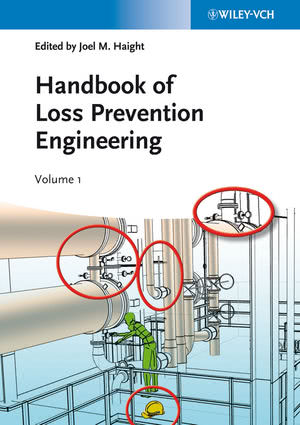Hazard analysis
The deterministic approach to safety
Overview
 Hazard analysis involves the proactive identification of
possible risks and the estimation of their possible
consequences. This consists of identifying hazards that could lead
to dangerous situations, analyzing a small number of accidental
scenarios that could lead to maximal damage, and designing preventive or
protective barriers that prevent unacceptable levels of damage from an
accident. Important notions are the plausible worst case scenario and
the maximum foreseeable loss.
Hazard analysis involves the proactive identification of
possible risks and the estimation of their possible
consequences. This consists of identifying hazards that could lead
to dangerous situations, analyzing a small number of accidental
scenarios that could lead to maximal damage, and designing preventive or
protective barriers that prevent unacceptable levels of damage from an
accident. Important notions are the plausible worst case scenario and
the maximum foreseeable loss.
Hazard analysis is a component of the deterministic approach to safety assessment. A conservative point estimate of possible exposure to the risk is compared with a threshold value to determine whether the activity is acceptable. Typically, safety factors or safety margins are used to incorporate uncertainty in the risk assessment.
Deterministic methods for risk assessment are widely used in ecotoxicity, food safety and management of natural hazards such as earthquakes and floods.
Course material
Safety models and accident models
Other resources
We recommend the following sources of further information on this topic:
Fire from ice, a US CSB safety video which illustrates a number of concepts related to inherent safety.
 The Handbook
of Loss Prevention Engineering (ISBN: 978-3-527-32995-3) is a
voluminous book on preventing losses.
The Handbook
of Loss Prevention Engineering (ISBN: 978-3-527-32995-3) is a
voluminous book on preventing losses.
Published:
Last updated: